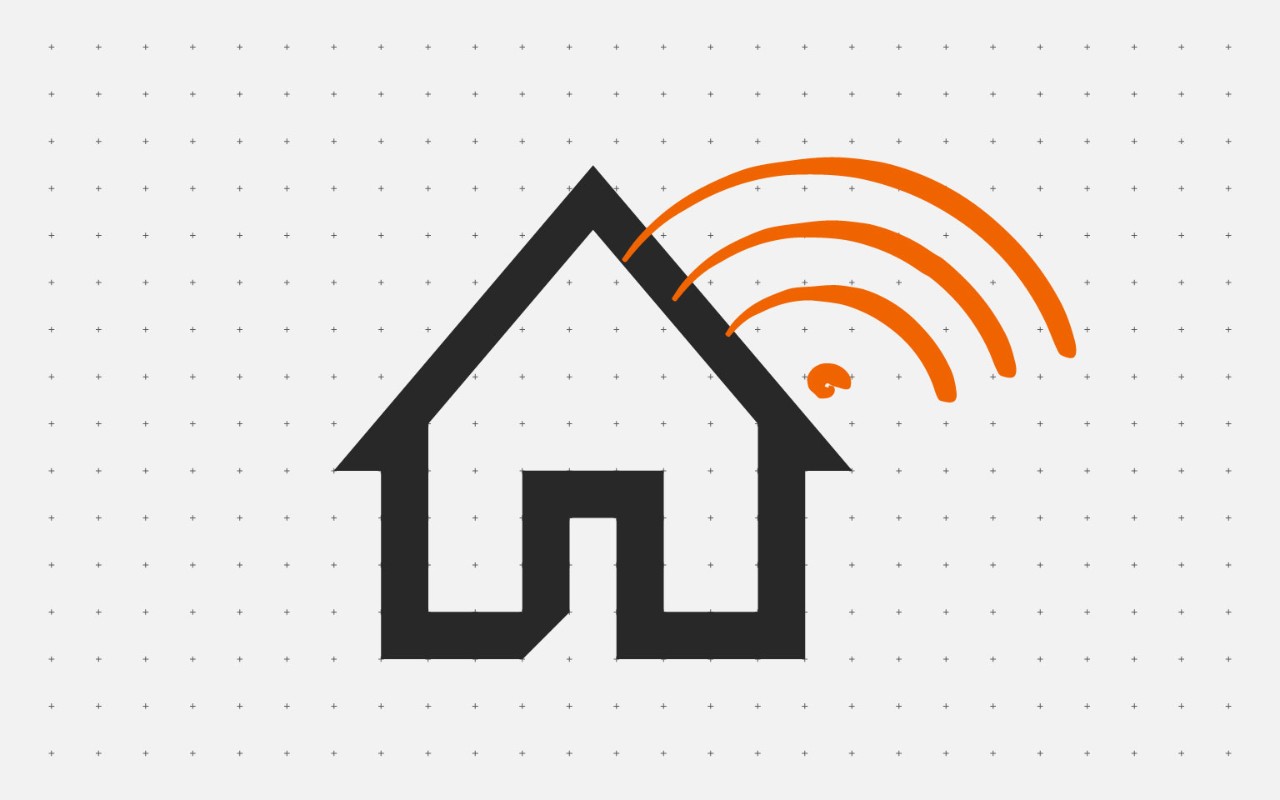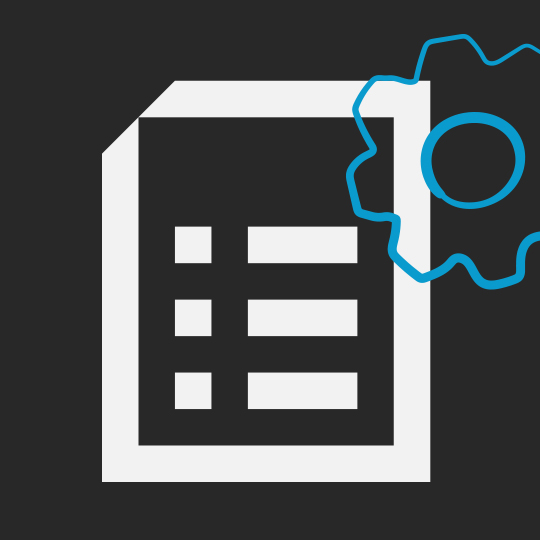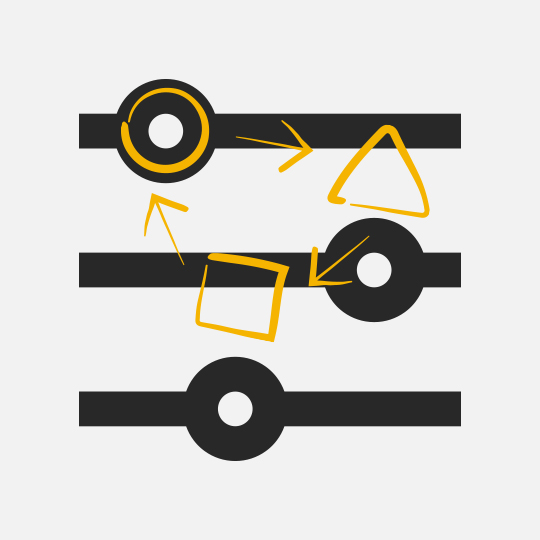With many professionals now working between locations, businesses will soon realise the value of having a robust information infrastructure. Some, however, will learn the hard way.
We’re writing emails, producing spreadsheets, presentations, and other documents faster and in greater volumes. This enormous volume of information is then stored in your inbox, on your computer hard drive, in a folder somewhere on your company’s file storage service, or in a mountain stack of paper documents that continues to pile up.
As this unstructured content grows, businesses of all sizes are investing more money and time to manage it. And to add to the chaos, more and more people are now working together from different locations and are requesting access to key information, so that they can complete their tasks or better collaborate together. In a nutshell, the situation can quickly spiral out of control.
For seamless hybrid or remote work, all this data and information needs to be digitised, organised, stored in a secure way in one place and be immediately accessible to those who need it from anywhere – that’s exactly what an Enterprise Content Management (ECM) solution can do.
Great collaboration = boosted productivity
A recent ground-breaking report by The Economist and supported by Kyocera, studying the factors that influence productivity in the remote workplace, revealed that digital tools are crucial enablers of productivity in remote settings. 47.2% of surveyed employees from different organisations responded that the use of digital tools enhanced their collaboration.
Intelligent systems such as ECM have numerous collaboration features which are needed to keep projects running, across offices and remote locations.
One of the first critical roles of ECM is capturing documents digitally. Employees working from home cannot carry out tasks efficiently with half of their key data and work on paper. Tools such as the Kyocera Enterprise Information Manager (KEIM) and the Kyocera Smart Information Manager (KSIM), lets users import document information from multiple devices including MFPs, tablets and smartphones, before storing them away methodically in a secure digital repository. For hybrid workers, it also puts an end to lugging around heavy files from home to the office and vice versa – it’s agile working made simple.
Another impressive feature of ECM is document automation which eliminates the need for human intervention in sharing and managing data and information. Not having to carry out repetitive and tedious tasks saves valuable time and allows professionals to put their skills to better use. Both Kyocera solutions, KEIM and KSIM once again, don’t disappoint when it comes to making your business processes smoother. It enables organisations to share information quicker and more accurately through automated workflows, ready to be approved, circulated, or edited by the relevant person, regardless of their location. In addition, KEIM lets your whole team work edit documents in real time, making document collaboration smoother.
Many industries can benefit from this new efficient way of working, such as healthcare which can integrate ECM with their medical information system for reliable and fast sharing of electronic medical records among staff. ECM can also alert users when documents require their attention and identify errors that cause work processes to be delayed. As a result, work quality improves, and costs are cut down.
Document-related tasks no longer have to be complicated or inefficient. Companies with an updated ECM can enable their employees and teams to perform better by staying in sync with each other and delivering better content and services to customers.
ECM makes embracing this new age of work that much easier.
Secure documents = stress-free working experience
When adopting remote or hybrid work models in your office, like with all things, you must take the bad with the good. While work from home and digital innovation have made organisations more flexible and agile, it has also made them more susceptible to cyberattacks and security breaches. In 2020, experts from the Economic World Forum rated cyber-attacks among the top five top risks to global stability. Both public and private sectors are alike at risk of becoming victims of cybercrime which is increasingly more sophisticated and widespread.
With large amounts of data and information shared frequently in different ways from personal devices used by employees for work, it is no surprise that cyberattacks are on the rise. Therefore, businesses must make information security a priority.
In addition to keeping workflows productive, an ECM solution can also help ensure corporate security in emergencies by protecting file security. It does this by managing user access and rights for specific employees, as well as keeping track of who accessed the information and when. Considering the reputational and financial damage a security breach can provoke, this makes it a powerful and cost-effective strategy for any business looking to implement hybrid or remote working. In short, ECM ensures that employees have full remote access to documents and data they need to work on projects, while always ensuring undisrupted business continuity.
Clear benefits of ECM
Enterprise Content Management can bring a series of benefits to your business: increased productivity, efficient data management, enhanced information security and streamlined collaboration.
Digital transformation is happening now and even if hybrid work does not turn out to be the way forward for all businesses, enhancing your document management processes is a proven way to help your organisation thrive in the digital age.
A new cloud-based solution!
Kyocera’s articles are on hand to guide you through the outstanding benefits of Kyocera Enterprise Information Manager:







